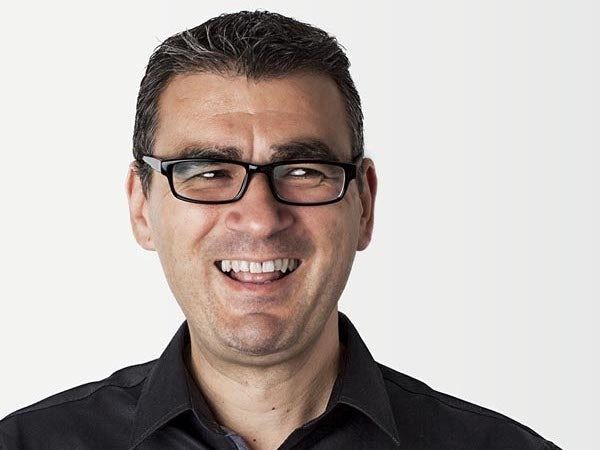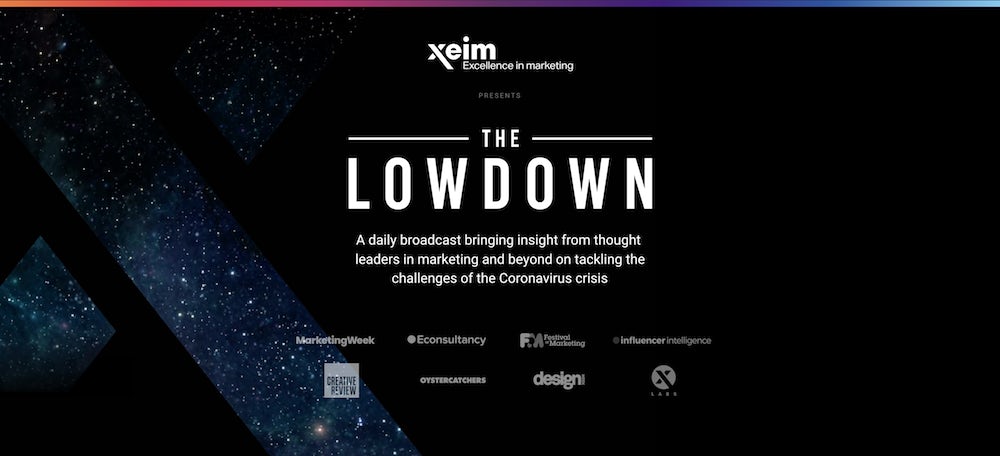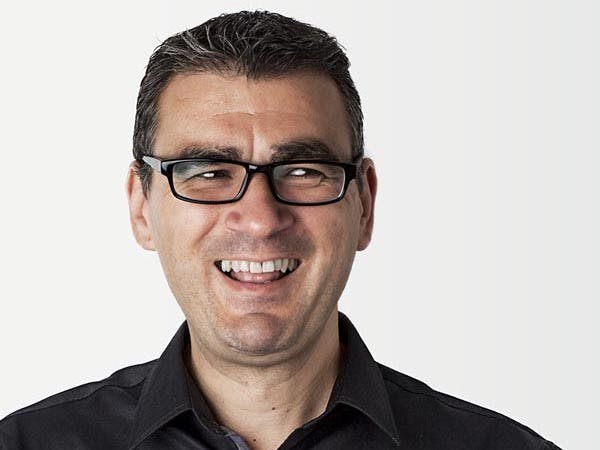Neil Davidson is CEO at transformative communications agency HeyHuman.
We asked him our usual set of questions, to get a feel for how he and his company are adapting to current circumstances.
Here we go…
Please describe your job: What do you do?
I’m CEO and one of the owners of HeyHuman. My focus is set on the company’s future health. This involves keeping a keen eye on what’s happening both inside and outside the agency, to make sure we’re in good shape for the future
How has your typical day been impacted in the short term by the pandemic?
I’ve experienced the same impacts as everyone has, I would imagine. I’ve no longer got a commute, no longer any real meetings and I’m working through the same messy middle slump that I’ve been warning everyone in HeyHuman about: the novelty of the situation has gone and we can’t quite see the light at the end of the tunnel yet, so it’s hard for everyone. My son is at home too, doing school online, so that’s a big change too, with the upside that we’re spending more time together. I write an email to the agency at the end of every day too, so that’s definitely something I’ve never done before!
What are your favourite tools and techniques to help you get your work done at the moment?
I’m a big fan of frameworks, to understand and structure what’s going on; and how to think about problems and opportunities now and in the future, whether created or found. Talking about frameworks all sounds a bit management consultancy rather than advertising agency, but when problems are complex, changing and presenting multiple scenarios, doing this has really helped work through challenges – for the agency, clients and the thought leadership we’ve been sharing.

Which companies have impressed you since the outbreak?
That’s a pretty broad question in the circumstances – particularly as I’ve been as unimpressed by as many as I have been impressed! We all need a bit of perspective in agencies: we aren’t working in the NHS and we’ve seen advertising ratings for retailers increase, as they’re part of our infrastructure for survival now. We said right at the start that brands need to make a real functional or emotional difference or do nothing.
Not impressed with companies fiddling with their logos. Impressed with Morrisons giving a 10% discount to all NHS workers.
What changes are you making to help your brand connect with how people are feeling and experiencing the pandemic?
The clue is in the agency name! We’ve always said that the relationships between people and brands are changing, and agencies and clients need to react. As such, we’ve updated all our advice and thought leadership to share how to connect now.
We’ve recognised that we are in the ultimate attention economy – there’s too much content from too many outlets for people to process. So, brands need to think about cognitive simplicity in their communications in order to connect in this challenging time. If they can combine ease and utility, it’s a winning formula – that’s what we’re focused on, too.
What trends have you seen in the last few weeks in your sector?
If you see a trend as a general shift of behaviour over time, I don’t think it’s right to call any of these changes ‘trends’ yet, whether in advertising or in the world generally. We’ve seen a move to digital consumption, increased social connectivity to fill the gap left by real world connections, and more people exercising daily. Will these become trends, or are they reactions to the situations we’re in? Only time will tell, so at the moment I’m more interested in filtering this through unchanging behaviours, historically, than to recessions and world catastrophes.
The behavioural stuff that may become trends changes daily. When it comes to agencies and mass furloughing, it’s also hard to call trends in that context, apart from the survivors will have a healthy mix of resilience and opportunism.
What advice would you give a marketer right now?
Do something that most business and marketing in general is exceptionally bad at: plan against multiple scenarios. From government to businesses and individuals, nobody was prepared for this. Crisis and scenario planning may just become a thing that everyone has to break through the cognitive challenges of focusing on. No one knows the outcomes yet, and I’d have a minimum of four scenarios in my pocket, and check them weekly.
What does long term planning and strategy look like now at your brand?
It consists of a one-year and a three-year plan. Both are detailed, and both will need to be re-written! I’ve always loved this side of the business, and I’m just finishing an MBA, so I’ve brought new tools and approaches to both plans over the last two years.
The one essential element of the one-year plan, for me, is to have a one-page summary so everyone in the agency understands it.





